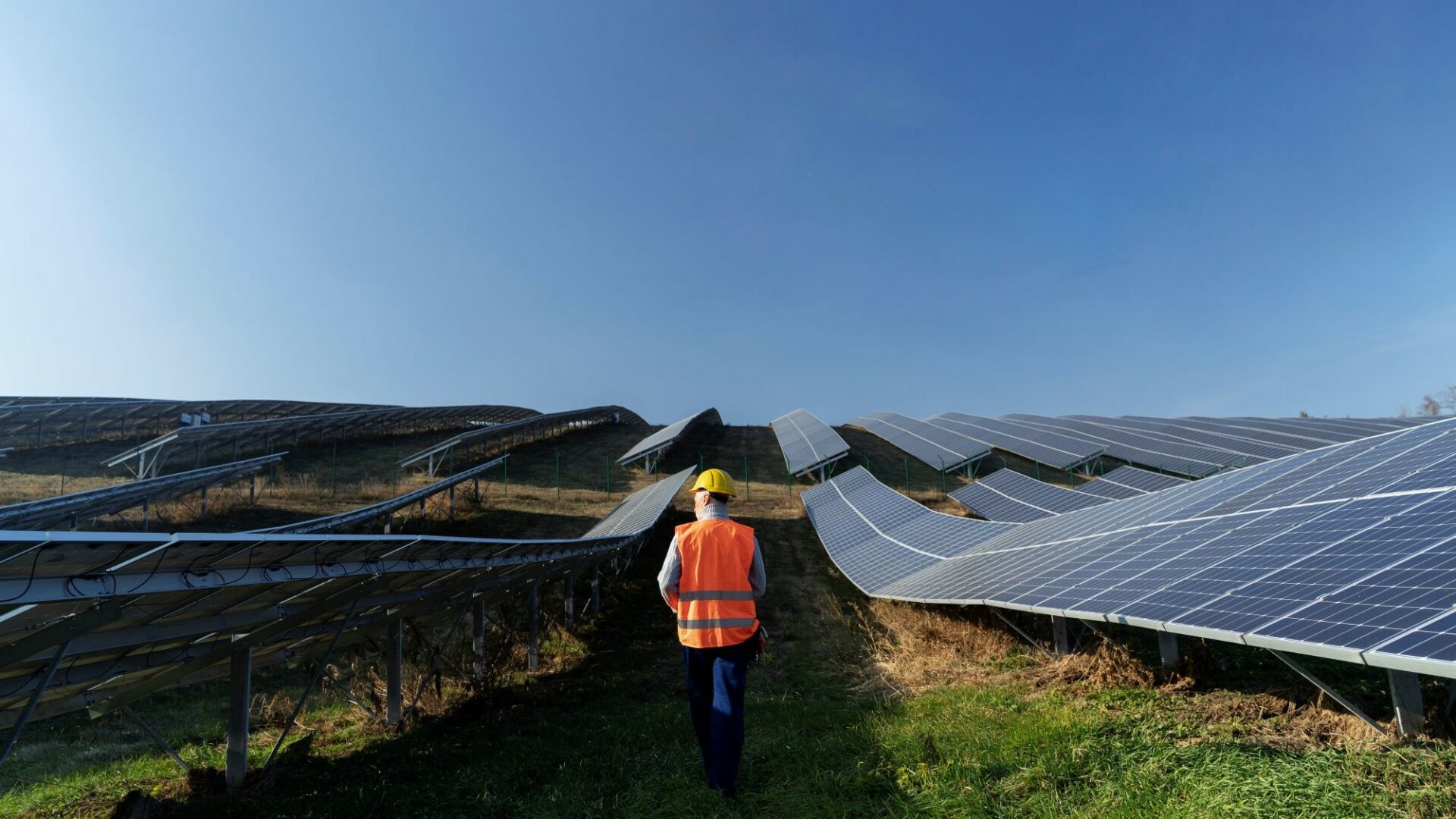
Solar power is becoming a very popular source of energy globally. Over 30% of Australian homes have solar panels installed! Read on to learn about how solar power works in Australia.
What is Solar Power?
Solar power is a sustainable and renewable energy source derived from the sun’s radiation. Essentially, it involves capturing the sun’s energy and converting it into electricity or heat for various applications. The most common way to capture solar power is through photovoltaic (PV) cells, commonly known as solar panels.
Global History of Solar Power
In the 1860s, several people began exploring solar technology due to concerns about potential coal shortages. Below is a brief summary of the history of solar power:
1800s-1960s
- Charles Fritts installed the world’s first rooftop photovoltaic solar array in 1884, using 1%-efficient selenium cells.
- In 1866, Augustin Mouchot invented a solar-powered steam engine by directing sunlight through a curved, reflective metal trough onto a water-filled tube.
- Development stagnated in the early 20th century due to the increasing availability and utility of coal and petroleum.
- Bell Telephone Laboratories’ 1950s research involved silicon wafers with a thin coating of boron. The “Bell Solar Battery” was said to have a 6% efficiency rate, producing 50 watts per square yard of panels.
- The first satellite with solar panels was launched in 1957.
1970s
- By the 1970s, solar panels were still mainly used for satellites due to their high cost. According to Mother Earth News, only six homes across all of North America were fully using solar power systems for heating or cooling at the time.
- The 1973 oil embargo and the 1979 energy crisis prompted a reorganisation of global energy policies, renewing attention to developing solar technology.
- Incentive programs like the Federal Photovoltaic Utilisation Program in the US came into play.
1990s to 2010
- In the mid-1990s, development accelerated due to supply issues with oil and natural gas, global warming concerns and improved economic viability of PV.
- Adopted in the early 2000s, feed-in tariffs played a significant role in boosting investment security and increasing PV deployments in Europe.
2010s
- Solar PV growth initially driven by European deployment shifted to Asia, particularly China and Japan.
- The adoption of feed-in tariffs and falling costs led to a significant increase in solar panel use worldwide.
2020s
- Despite rising material costs during the 2021–2022 global energy crisis, utility-scale solar remained the cheapest energy source in many countries.
- In 2022, solar PV generation saw a remarkable 26% increase, reaching nearly 1,300 TWh and surpassing wind in absolute generation growth, marking a historic milestone.
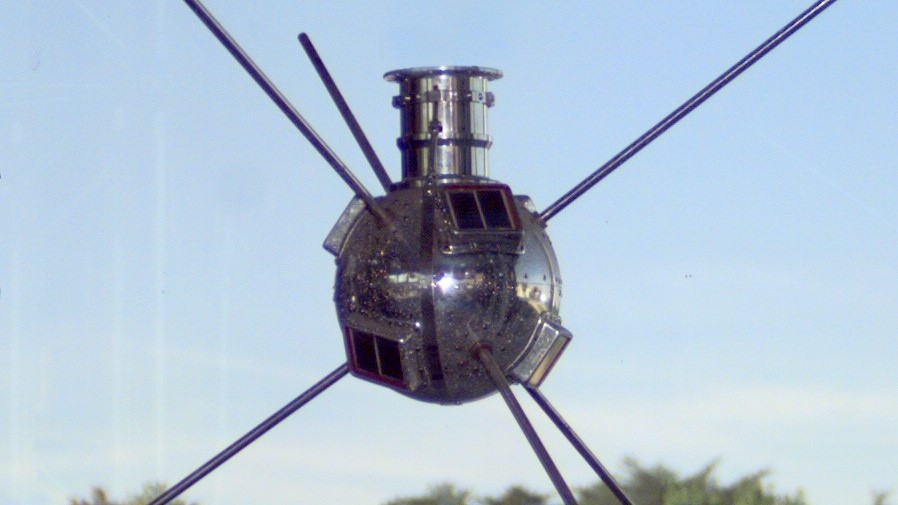
How Do Solar Panels Work?
The basic principle behind their operation involves the conversion of sunlight into electrical energy through the photovoltaic effect.
Here’s a breakdown of how solar panels work:
Photovoltaic cells
The key components of a solar panel are photovoltaic cells, usually made from semiconductor materials like silicon. These cells are responsible for converting sunlight into electricity.
Photovoltaic effect
When sunlight, which is composed of photons, hits the surface of the solar cells, it excites the electrons in the semiconductor material. This process is known as the photovoltaic effect.
Generation of electricity
The excited electrons create an electric current when they start moving within the semiconductor material. This flow of electrons is what we know as electricity. Metal conductive plates on the sides of the cell collect the generated electrical current.
Direct current (DC) output
The electricity produced by the solar cells is in the form of direct current (DC). However, most of our everyday devices and the power grid operate on alternating current (AC). Therefore, an inverter is used to convert the DC electricity into AC, making it suitable for household and grid use.
Grid connection or battery storage
The electricity generated can be used immediately in your home, or it can be fed into the power grid. In some cases, solar energy systems are equipped with battery storage to store excess electricity for later use, especially during periods of low sunlight.
Net metering
Many places use a system called net metering, where homeowners receive credits or compensation for the surplus electricity they contribute to the grid.
How Are Solar Panels Installed?
The installation of solar panels involves several steps to ensure that the system is set up efficiently and safely. The process is roughly as follows:
1. Site assessment
Before installation begins, a thorough site assessment is conducted. This involves evaluating the location for factors such as sunlight exposure, shading, roof orientation and strength of the building. The goal is to determine the most suitable spots for optimal solar energy production.
2. Design and planning
Based on the site assessment, a customised solar panel system is designed. This includes determining the number of panels, their placement and the overall system configuration.
3. Approval and general adherence
“Do you need council approval for installing solar panels?”
In Australia, installing solar panels on residential properties is typically considered “exempt development” or “complying development,” meaning you don’t need to submit a full development application to the local council. However, be aware of basic council approval requirements (which may vary slightly among councils).
4. Roof preparation
If the solar panels are being installed on a roof, it’s possible preparation work needs to be done. This may include repairing or reinforcing the roof structure to support the additional weight of the solar panels.
5. Installation of mounting structures
Mounting structures, such as racks or frames, are installed on the roof or the ground. Proper alignment and spacing are important factors to maximise sunlight exposure.
6. Electrical wiring
Once the mounting structures are in place, electrical wiring is installed. This includes connecting the solar panels to each other in a series or parallel configuration, as well as connecting the panels to the inverter. Proper wiring ensures efficient flow of electricity.
7. Inverter installation
Inverters (which convert the direct current produced by the solar panels into usable alternating current) are installed. The inverter is often placed near the main electrical panel of the building.
8. Connection to the electrical system
The solar panel system is connected to the building’s electrical system. This involves integrating the inverter with the main electrical panel to allow for the distribution of solar-generated electricity throughout the property.
9. Commissioning and testing
The entire solar panel system is thoroughly tested to ensure that it is functioning correctly. This includes checking the electrical connections, verifying the performance of the inverter and confirming that the system meets safety standards.
A monitoring system is usually set up to track the performance of the solar panels. This allows you to monitor energy production and identify any issues promptly.
10. Connection to the grid (if applicable)
For grid-tied systems, the solar panel installation is connected to the electrical grid. This often involves coordinating with the local energy provider to establish the necessary connections.
“Can I install solar panels myself?” The short answer is no. Solar panel installation is considered high-risk work and you must be a qualified electrician to do the electrical work involved. Hiring a professional installer ensures the efficiency, safety and compliance of the solar panel system.
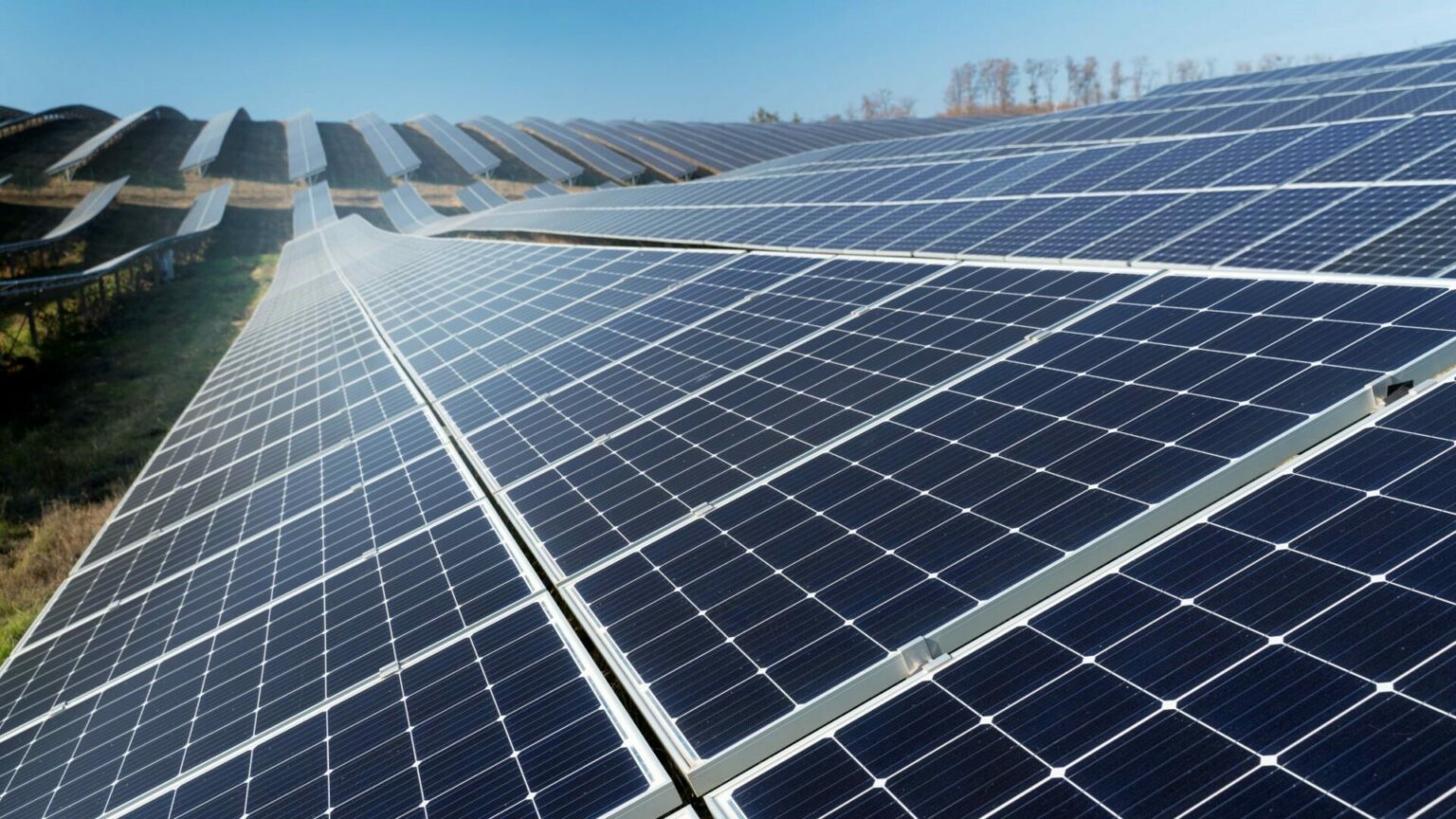
Advantages of Solar Power
Solar power offers several advantages that contribute to its growing popularity:
- It’s a renewable energy source. Solar power relies on the sun, a resource that won’t run out anytime soon.
- Environmental friendliness. Solar power is clean energy. It doesn’t release harmful emissions or pollutants into the air, contributing to a healthier environment and helping to combat global boiling.
- Reduced electricity costs. Solar panels allow you to generate your own electricity, leading to savings on your energy bills. Excess energy can even be fed back into the grid for credits. According to Finder, you could save around $400 annually per kilowatt by installing solar panels. With a 6-kilowatt system, you could potentially save about $2,400 per year.
- Low operating costs. Once installed, solar systems in Australia have minimal operating costs. They require less maintenance compared to traditional power-generating technologies.
- Energy independence. By generating your own electricity, you become less reliant on external sources. This can insulate you from price fluctuations in the energy market.
- Scalability. Solar systems can be adapted to various needs, from small residential setups to large-scale solar farms.
In a nutshell, solar power provides a sustainable, cost-effective and environmentally friendly solution to Australia’s energy needs.
Disadvantages of Solar Power
While solar power has numerous benefits, it also comes with a few disadvantages:
- Intermittency and weather dependence. Solar power generation is dependent on sunlight, which is intermittent and varies with weather conditions. Cloudy days and nighttime limit the continuous generation of electricity.
- Expensive to purchase. Although prices have been decreasing, the upfront cost of installing solar panels can be very high.
- Resource intensive manufacturing. The production of solar panels involves resource-intensive processes (such as silicon purification).
- E-waste concerns. The disposal of solar panels can raise environmental concerns due to the presence of hazardous materials like cadmium and lead.
- Energy payback time. The time it takes for a solar panel system to produce the amount of energy equivalent to what was used in its manufacturing and installation (energy payback time) can be relatively long, depending on factors like location and efficiency.
How to Use Solar Energy at Home in Australia
Although solar power comes with some drawbacks, most will agree that the advantages far outweigh the disadvantages when creating an energy efficient home.
Below are four frequently asked questions:
How do solar panels work with your electricity bill?
Solar panels generate electricity by converting sunlight into energy. When the panels produce more electricity than your home consumes, the excess is often fed back into the grid. This surplus energy is credited to your account, potentially reducing your electricity bill or helping you earn money!
How do you know if solar panels are working?
Most systems come with a monitoring system that allows you to track their performance. You can check real-time data on energy production and consumption. Additionally, some systems provide alerts if there’s a drop in efficiency or a malfunction, ensuring you can address any issues as soon as possible.
How do I use solar panels during a power outage?
During a power outage, traditional grid-tied solar systems often shut down for safety reasons. However, if you have a battery storage system, you can still use electricity during an outage. The battery stores excess energy generated by the solar panels, providing a reliable backup power source when needed.
How can I connect solar panels to a battery?
Connecting solar panels to a battery usually involves installing a solar charge controller between the panels and the battery. This device regulates the voltage and current from the panels to ensure the battery is charged safely and efficiently. If in doubt, contact a solar panel expert for assistance.
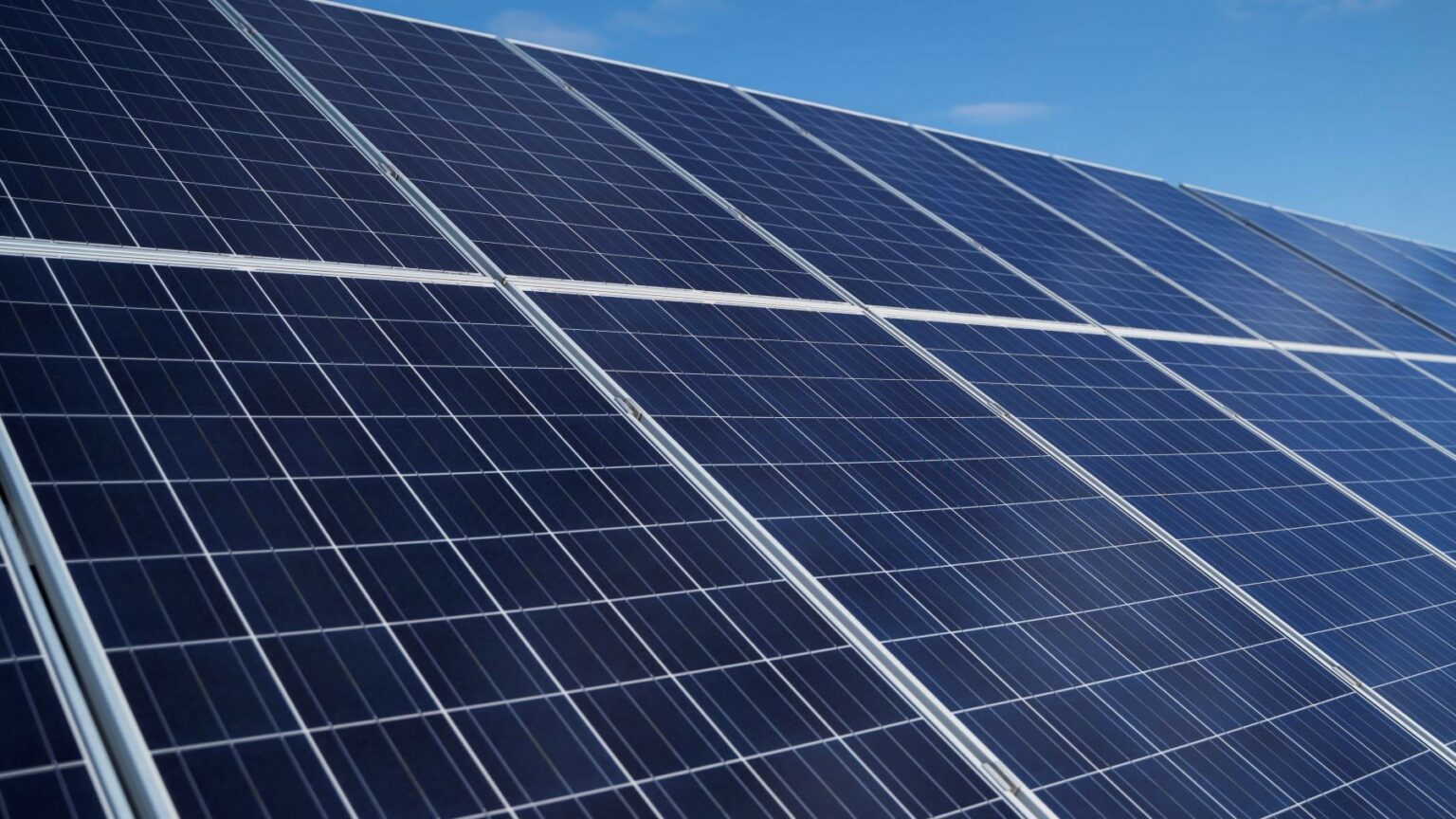
What is the Solar Rebate in NSW?
The NSW government is currently offering low-income households with a free 3kW solar system if they can meet certain criteria.
To qualify, you need to:
- currently be receiving the Low Income Household Rebate.
- agree not to receive the rebate for 10 years.
- hold a valid Pensioner Concession Card or Department of Veterans’ Affairs Gold Card.
- own and live in your home.
- not have a solar PV system already.
If you’re not the registered homeowner but your spouse is, your household might still be eligible. You can read more about the NSW Solar Rebate here.
How to Recycle Solar Panels in Australia
If your solar panels are old and showing signs of inefficiency, it might be time to get them removed and replaced. Recycling the old panels is an environmentally-friendly way to get rid of them.
To recycle solar panels, simply bring them to a specialised recycling facility. These facilities are equipped to handle the proper disposal and recycling processes for solar panels, ensuring that valuable materials are recovered and environmental impact is minimised. There are numerous companies in both Sydney and Canberra who do solar panel recycling.
How Long Do Solar Panels Last?
Solar panels typically have a lifespan ranging from 20-30 years, depending on the manufacturer. Thankfully, solar panels still generate electricity after this time – they just won’t be as effective. If you choose a high-quality solar panel brand, get the system installed by a professional and address any issues as they come up, your solar panels should last for several decades.
Best Solar Panel Brands
A low-quality solar panel won’t last as long nor operate as effectively as a high-quality one. Some reputable solar panel brands that have consistently received positive reviews include:
LG Solar
- High efficiency
- High quality
- Reliable reputation
- 25-year warranty.
SunPower
- High efficiency
- Often recommended for situations where space is limited
- Below-average efficiency degradation of just 8% over 25 years
- 40-year warranty (under certain conditions).
Panasonic
- Efficient and durable
- Innovative technology
- High conversion rates
- 25-year warranty.
Canadian Solar
- Affordable
- Good balance of cost and performance
- Excellent for roofs with little surface area
- 15 to 20-year warranty.
Trina Solar
- Cost-effective and efficient
- High performing
- Good light-trapping capabilities
- 25 to 30-year warranty.
JinkoSolar
- One of the largest solar panel manufacturers globally
- Reliable and efficient
- Competitively priced
- 10 to 25-year warranty.
REC Solar
- Efficient and durable
- Award-winning solar panel range
- World-leading manufacturing plant in Singapore
- 20 to 25-year warranty.
Hanwha Q Cells
- High-quality
- Focus on innovation
- Often praised for durability and performance
- 12 to 25-year warranty.
Please keep in mind that these specifications (e.g. warranty and performance) may change over time as they come out with new products or improve current models.
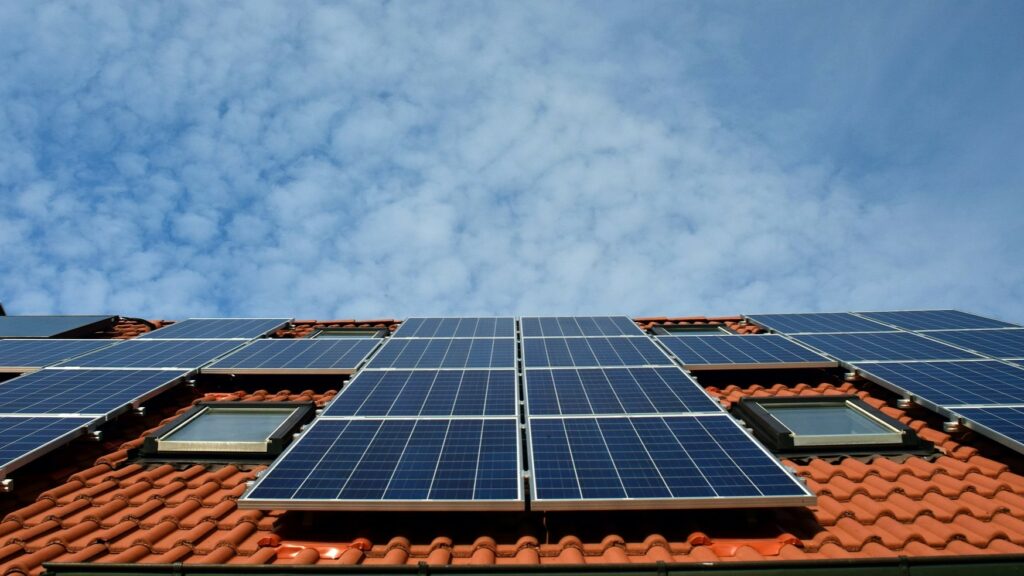
How to Deter Birds from Solar Panels in Australia
It’s not unusual for birds to come and make themselves comfortable on or under your solar panels. Aquatic birds are often attracted to the glimmer of the panels which looks like water from above, and the underside is a sheltered, warm place to nest.
Installing bird deterrents like blunt spikes, nets or scare devices, trimming surrounding trees and installing the panels at a slight angle are all ways to keep them away. If it becomes a major issue, reach out to an expert.
